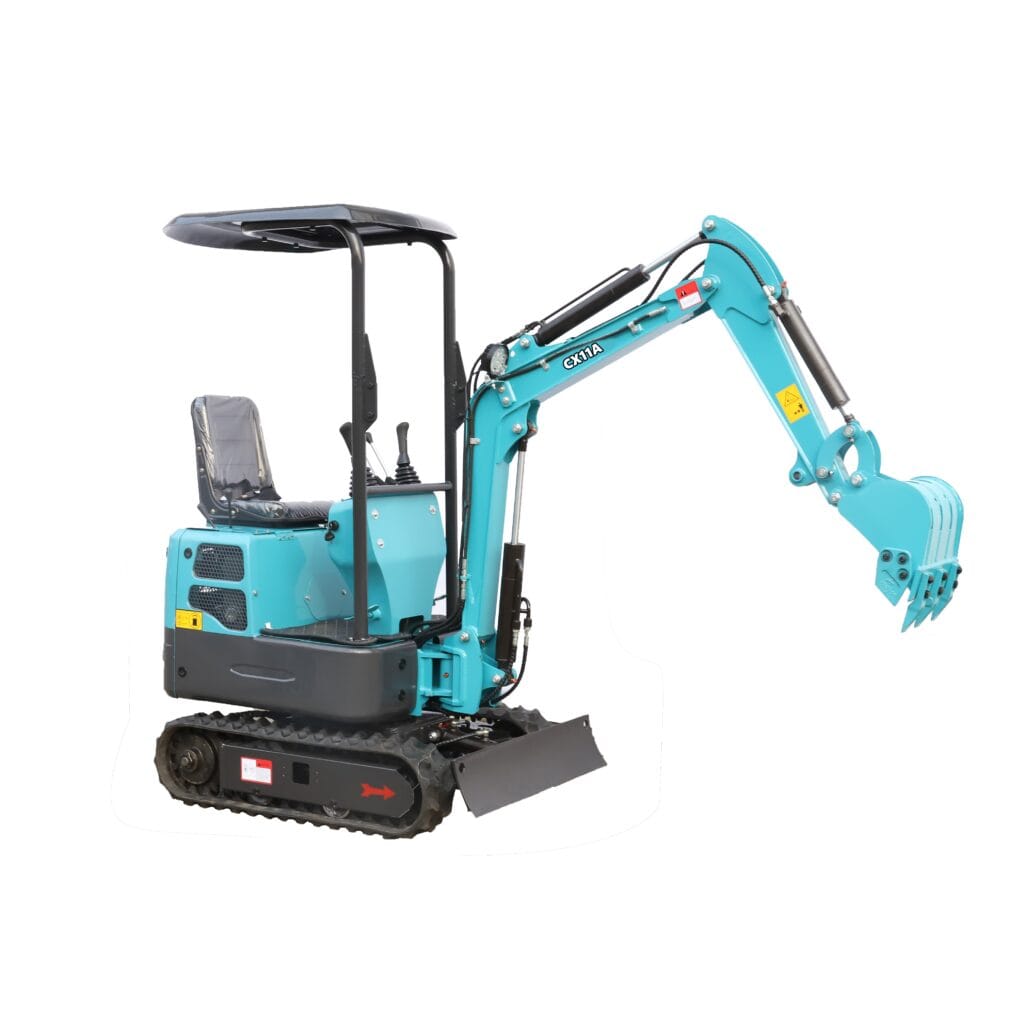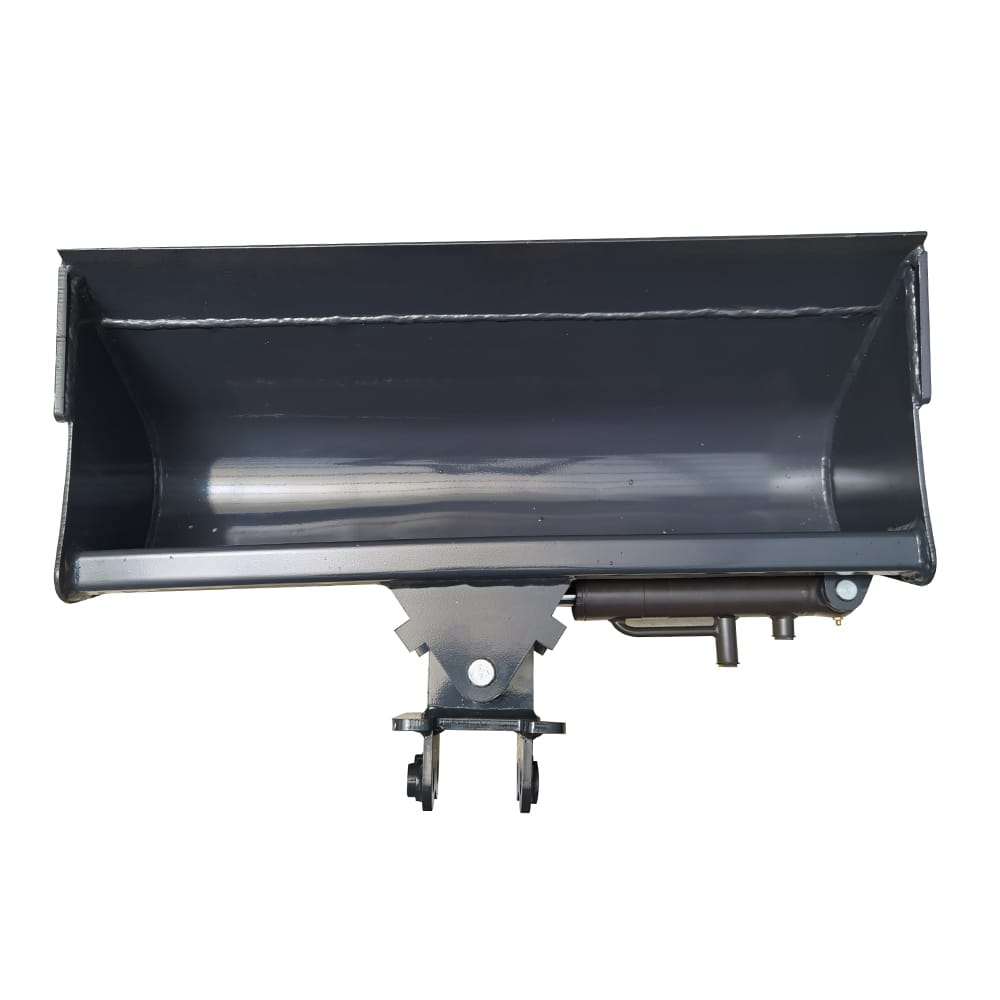Mini excavators, with their compact size, tailless design, and versatile attachments, are ideal for narrow construction sites, urban operations, and landscaping projects. However, even the most reliable equipment requires proper operation and regular maintenance. Neglecting daily maintenance can lead to problems such as difficulty starting, sluggish movement, and deviation from the designated path, impacting project timelines and resulting in high repair costs and safety hazards.
This article will systematically introduce common mini excavator malfunctions, troubleshooting methods, and handling suggestions, helping you progress from a novice to an equipment management expert and maximize your excavator’s value and lifespan.
Understanding Your Equipment: Starting with Daily Inspections
Establish Equipment Records
Record key parameters such as model, serial number, and engine model. Thoroughly study the “Operation and Maintenance Manual” and master the officially recommended maintenance intervals and lubrication points.
Daily Pre-Start Inspection
Conduct a quick “look, listen, touch, and smell” inspection of the equipment, including checking oil levels, leaks, structural components for integrity, and track tension.
Utilize Technology and Community
Join communities with users of the same equipment model to exchange experiences. If a remote monitoring system is available, regularly analyze data such as fuel consumption and operating time to promptly identify anomalies.
Participate in Maintenance Practice
Start with basic maintenance such as changing filters and engine oil to accumulate knowledge of the equipment’s structure and gradually master the ability to handle common problems.
Maintenance is More Important than Repair,Treat maintenance as an investment in the equipment’s lifespan, not just a cost expenditure. Only meticulous daily maintenance can result in high uptime and lower total lifecycle costs.
Common Troubleshooting and Handling Methods
Slow and Weak Vehicle Movements
When an excavator exhibits slow and weak movements in all actions (including boom raising, swinging, and traveling), accompanied by a muffled engine noise or black smoke, this is often due to a problem with the hydraulic system or power source. Common causes include insufficient or deteriorated hydraulic oil leading to reduced power transmission efficiency, clogged hydraulic filters restricting oil flow, internal leaks in the main hydraulic pump causing insufficient pressure, or a decrease in engine power resulting in insufficient output.
To resolve this, first check the hydraulic oil level and quality, replenishing or replacing it as needed. Next, clean or replace the hydraulic system filters. If the problem persists, a professional should inspect the main pump pressure and engine performance.
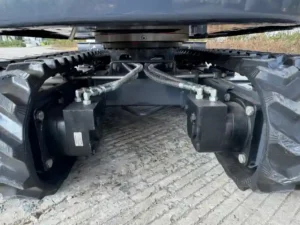
Difficult Engine Starting
Difficulty starting the engine mainly manifests as an inability to start, unusual noises during starting, or the starter motor operating normally but the engine failing to ignite. This problem typically involves three main systems: the power system may experience poor current transmission due to insufficient battery power or corroded terminals; the fuel system may experience fuel supply interruptions due to air intake, blockages, or poor fuel quality; and the electrical and actuator systems may fail due to starter motor malfunction, blown fuses, or open circuits.
Troubleshooting should begin with checking the battery voltage, cleaning the terminals, and jump-starting if necessary; then manually pumping fuel to bleed the system and replacing the diesel filter; finally, checking the fuses, starter motor, and related circuits.
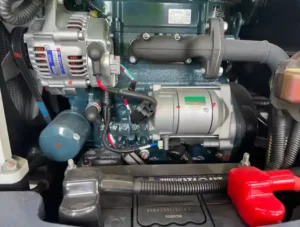
Single Action Failure
When most of the machine’s functions are normal, but a specific action (such as the boom failing to lift) completely fails or responds slowly, the problem usually has a clear target. The most common cause is a fault in the pilot hydraulic circuit controlling that action, preventing pressurized oil from reaching the valve core; it could also be that the corresponding valve core on the control valve is stuck due to oil contamination; or the cylinder executing the action itself may have internal leakage or a broken pipeline.
During troubleshooting, first check if the pilot oil pipe corresponding to the action is bent or damaged, and replace the pilot filter element. Then, try gently tapping the corresponding control valve block with a wooden mallet to see if it can loosen the stuck valve core. If this is ineffective, a professional must disassemble and clean the valve core or repair the hydraulic cylinder.
Automatic Lowering of the Arm
After the engine is turned off, the excavator’s boom, arm, or bucket slowly and automatically lowers under its own weight. This “arm dropping” phenomenon is fundamentally caused by a failure of the “locking” function of the actuator. Specifically, it may be due to wear or damage to the hydraulic cylinder seals, causing internal leakage of hydraulic oil on both sides of the piston; it may also be due to excessive clearance in the control valve core controlling the cylinder caused by wear, resulting in internal leakage.
These types of faults usually cannot be resolved by simple adjustments. Professional repair personnel need to use pressure testing to determine whether the problem is a damaged cylinder seal or internal leakage in the valve core, and then perform professional repairs such as replacing the seals or repairing/replacing the control valve.
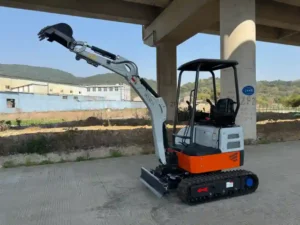
Walking Deviation
When the operator attempts to move the excavator in a straight line, it uncontrollably and automatically veers to one side, like a “limp.” The core issue lies in the inconsistent output of the two travel motors. The most obvious mechanical cause is an excessive difference in track tension between the two sides; a deeper cause may lie in the hydraulic system, including uneven pressure settings of the relief valves controlling the left and right travel motors, or reduced power in one travel motor due to internal wear.
The first step is to check and adjust the track tension on both sides to ensure consistency. If the tracks are normal, a professional technician should use a pressure gauge to check and adjust the relief valve pressure of the left and right travel motors. If the deviation persists after adjustment, the insufficiently powerful travel motor needs to be repaired or replaced.
Hydraulic System Overheating
An abnormally high hydraulic oil temperature gauge reading or even an alarm, accompanied by a feeling of overall weakness in the equipment, indicates that the balance between heat generation and dissipation in the hydraulic system has been disrupted. On the one hand, the cooling system may be inefficient, such as the hydraulic oil cooler being clogged with dust and debris. On the other hand, excessive heat may be generated inside the system, for example, due to deteriorated hydraulic oil, excessively high system safety pressure settings leading to frequent overflows, or serious internal leakage in components such as the hydraulic pump and motor.
To resolve this, first thoroughly clean the hydraulic oil cooler to ensure good ventilation; then check the hydraulic oil level and quality; if the oil is blackened or emulsified, it must be replaced immediately. At the same time, pay attention to operating methods and avoid prolonged operation under extreme loads. If the problem persists, a professional should check the system pressure and troubleshoot any internal leakage in the hydraulic components.
In conclusion
The value of mini excavators lies not only in performing high-intensity work in confined spaces but also in providing continuous and stable equipment support for project progress.
FAQ
What Is the Average Life of an Excavator?
The average lifespan of an excavator typically ranges between 7,000 and 10,000 operating hours, depending on usage intensity, maintenance frequency, and working conditions. Well-maintained machines used in moderate conditions may exceed 12,000 hours of service. Factors such as regular oil changes, proper lubrication, timely replacement of wear parts, and adherence to manufacturer-recommended maintenance schedules can significantly extend machine life. On the other hand, harsh environments, heavy-duty operations, or infrequent servicing can shorten the lifespan considerably.
Why Won’t My Excavator Start in the Cold?
Cold weather can make it difficult for an excavator engine to start due to low battery performance, thickened engine oil, or fuel gelling caused by low temperatures. Diesel engines are particularly sensitive to cold conditions because diesel fuel can solidify, restricting fuel flow. Common solutions include using winter-grade diesel, engine block heaters, battery warmers, and ensuring the use of low-viscosity oil suited for cold climates. Regular inspection of the battery and fuel filters before winter can also prevent start-up failures.
What Causes an Excavator to Lose Power?
Loss of power in an excavator can result from several issues, including fuel system blockages, clogged air filters, low hydraulic pressure, or engine malfunction. Contaminated fuel, faulty injectors, or worn-out hydraulic pumps are common culprits. In some cases, electrical faults or improper load distribution can also cause reduced performance. Routine maintenance—such as cleaning filters, checking fuel quality, and testing hydraulic systems—helps identify and prevent power loss before it affects operation.
What Should I Do If the Tracks of My Mini Excavator Are Extremely Loose?
If the tracks of a mini excavator become excessively loose, immediate inspection is recommended to avoid operational hazards. Loose tracks can lead to track derailment, uneven wear, or damage to the undercarriage components. The tension should be adjusted following the manufacturer’s guidelines, typically by adding or releasing grease through the tensioning valve. If the tracks remain loose after adjustment, this may indicate worn track adjusters, rollers, or sprockets that require replacement.
Why Does My Mini Excavator Engine Overheat Repeatedly?
Repeated overheating may be caused by blocked radiators, low coolant levels, or malfunctioning thermostats or water pumps. Dust accumulation in the cooling system or inadequate airflow due to clogged fins can also lead to temperature rise. Continuous overheating can damage the engine, so operators should check coolant quality and levels, clean the radiator regularly, and ensure the fan belts and pumps function properly. If the problem persists, a full cooling system inspection is recommended.




